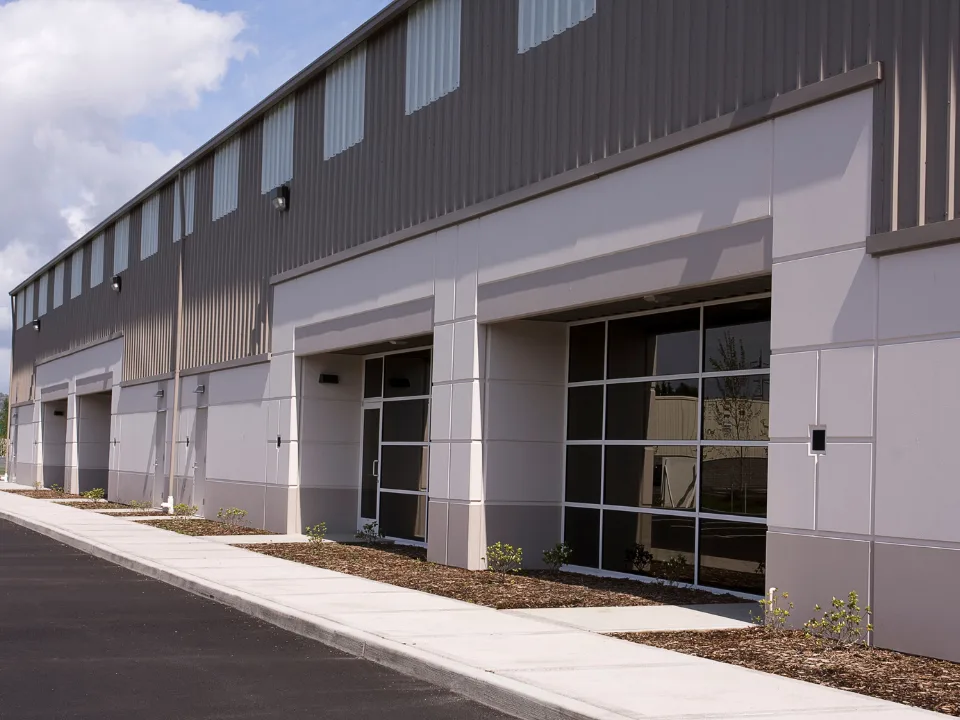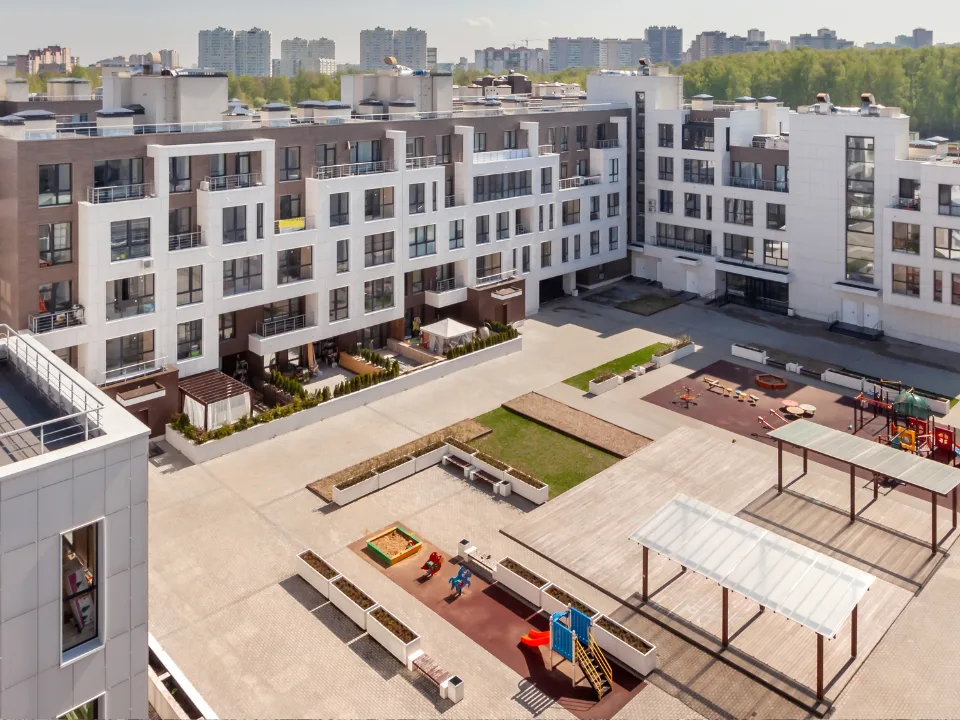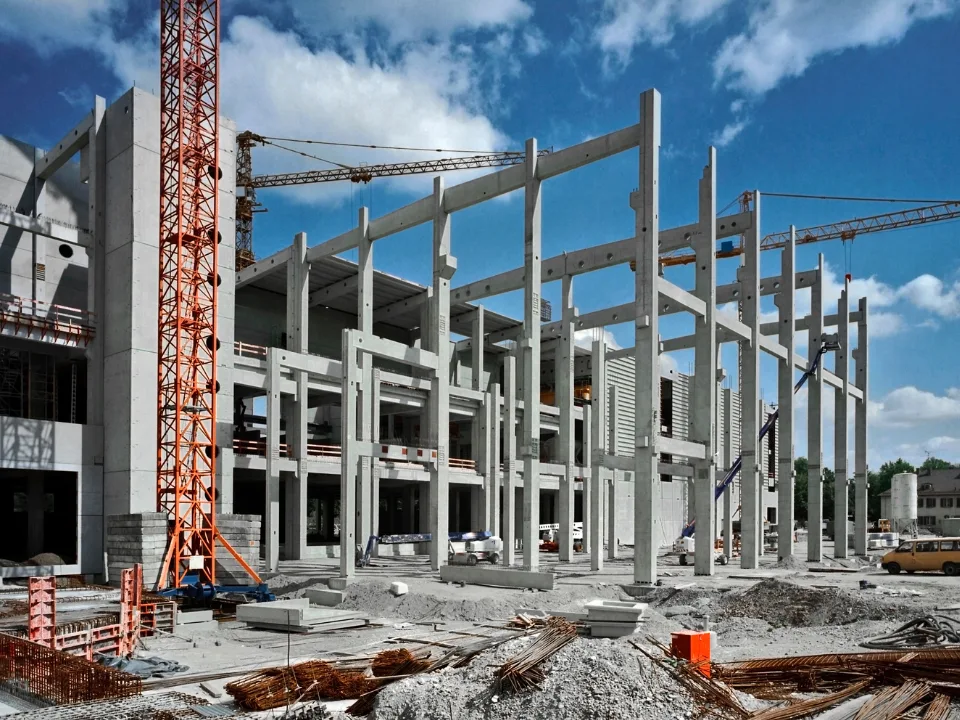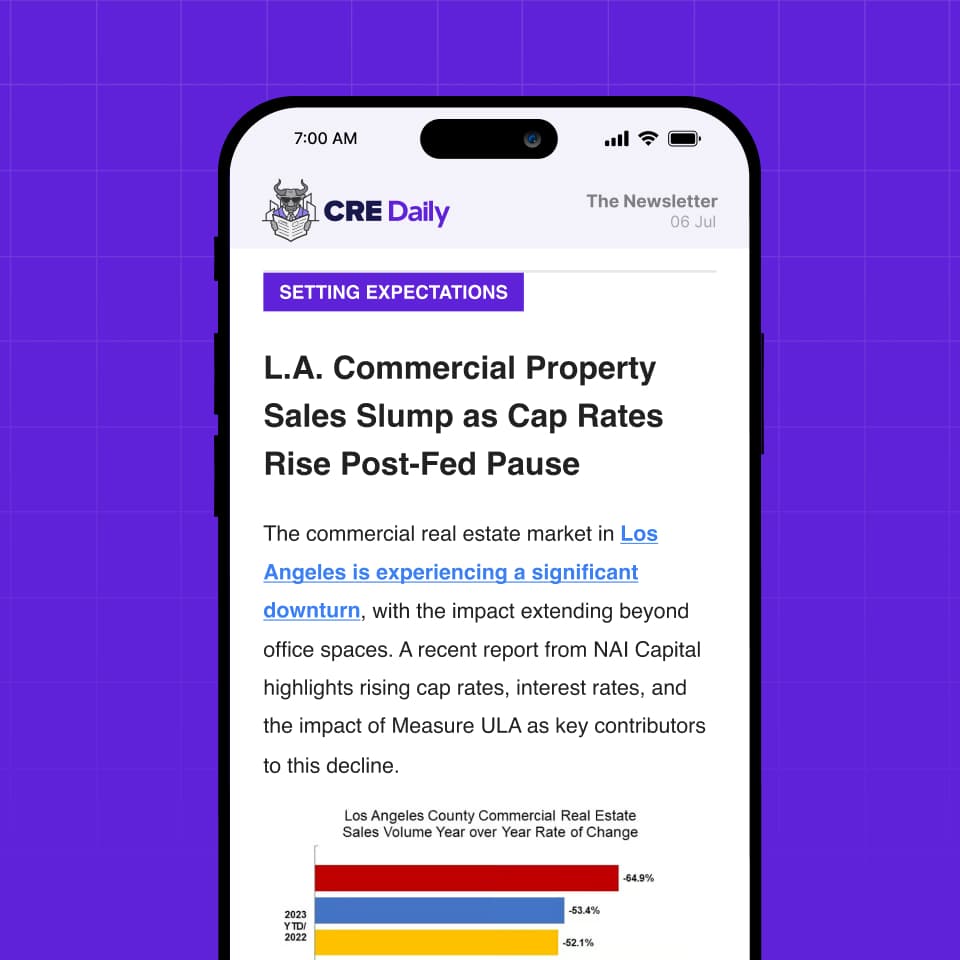- The FTSE Nareit All Equity REITs Index is on track for a double-digit total return in 2024, consistent with its 25-year historical average of 10%.
- Favorable REIT conditions include expectations of a US economic soft landing, lower interest rates, and convergence in public-private real estate valuations.
- Industrial, data centers, telecommunications, healthcare, and self-storage are positioned for strong growth, while traditional sectors like multifamily and retail are recalibrating after periods of volatility.
- REITs are capitalizing on favorable market conditions by raising funds through equity, debt, and institutional joint ventures.
As 2024 nears its end, WealthManagement.com reports that REITs are set to close the year with solid performance, aligning with their long-term historical averages.
Looking ahead, 2025 appears promising for the sector, driven by an expected economic soft landing, lower interest rates, and narrowing valuation gaps between public and private real estate markets. These factors, coupled with robust fundamentals in key property sectors and proactive capital-raising strategies, position REITs for another strong year despite lingering challenges.
2025 Outlook
The REIT sector is poised for a strong performance in 2025, buoyed by economic stability, falling interest rates, and narrowing valuation disparities between public and private markets. Nareit Senior VP of Research Ed Pierzak highlights three key drivers for REIT success:
- Economic Stability: A soft landing for the US economy appears achievable, with GDP growth, employment, and inflation trending in favorable directions. November data showed an uptick in jobs and modest unemployment growth, while inflation indicators remained manageable.
- Valuation Convergence: The gap between public and private real estate valuations has halved, signaling improved market alignment and paving the way for increased transaction activity.
- Real Estate Fundamentals: While certain sectors face softness, overall occupancy and rent growth remain stable. REIT-managed properties, especially in modern economy sectors, demonstrate operational resilience and asset quality.
Sector Performance
Data from Nareit reveals that REITs outperform the broader market in occupancy rates due to superior operational expertise and asset selection. Investors favor modern economy sectors like data centers, telecommunications, healthcare, and self-storage, which show strong fundamentals and promising 2025 prospects.
Sector performance relative to inflation varies: industrial and apartment rents have cooled significantly from double-digit growth peaks, with industrial rents growing 3% annually and apartments just 1%. Retail rents remain stable at 2.4% annual growth, while office asking rents have consistently grown 1% annually, though effective rent trends remain uncertain.
Capital Market Activity
REITs have proactively raised capital, with equity and debt issuance through 3Q23 already matching full-year totals from the previous year. They are leveraging cost-effective unsecured debt, pursuing IPOs like Lineage, and forming significant JVs with institutional investors.
Equinix partnered with GIC and the Canada Pension Plan Investment Board in a $15B data center venture, showcasing REITs’ operational expertise and diverse funding strategies, including direct institutional collaborations without intermediaries.
Looking Ahead
REITs are well-positioned to capitalize on several opportunities while navigating potential risks. The alignment of public and private real estate valuations is expected to revive deal activity, creating new acquisition and disposition opportunities. Additionally, REITs’ robust balance sheets and ready access to capital provide a strong foundation for expansion and competitiveness in a growth cycle.
However, challenges persist, particularly in the multifamily and office sectors, where supply-demand imbalances and tenant-related issues remain. While the economic outlook is optimistic, unforeseen macro shocks could still pose risks to growth projections. “We need more time to see if tariffs raise rates further,” another participant observed.


















